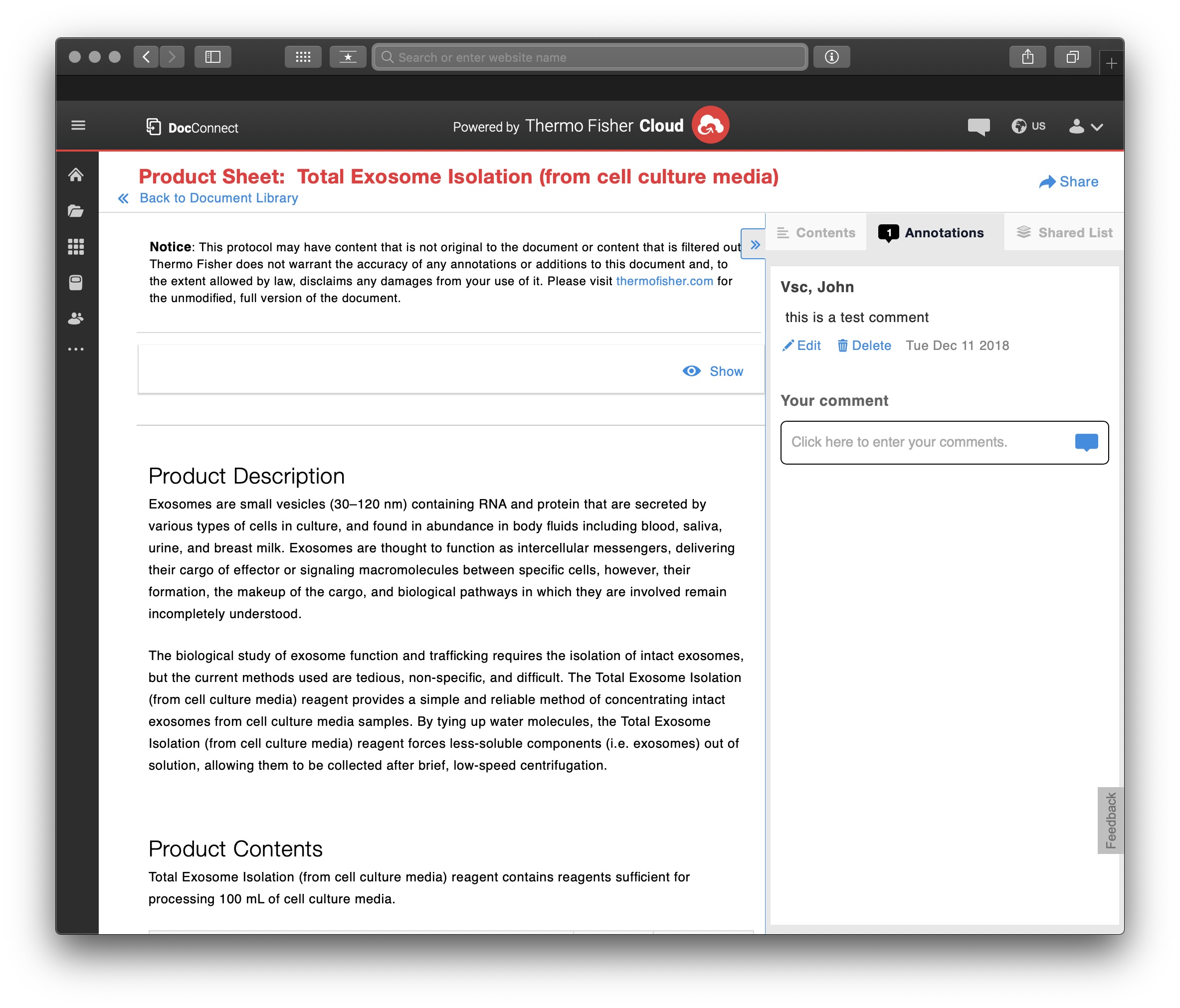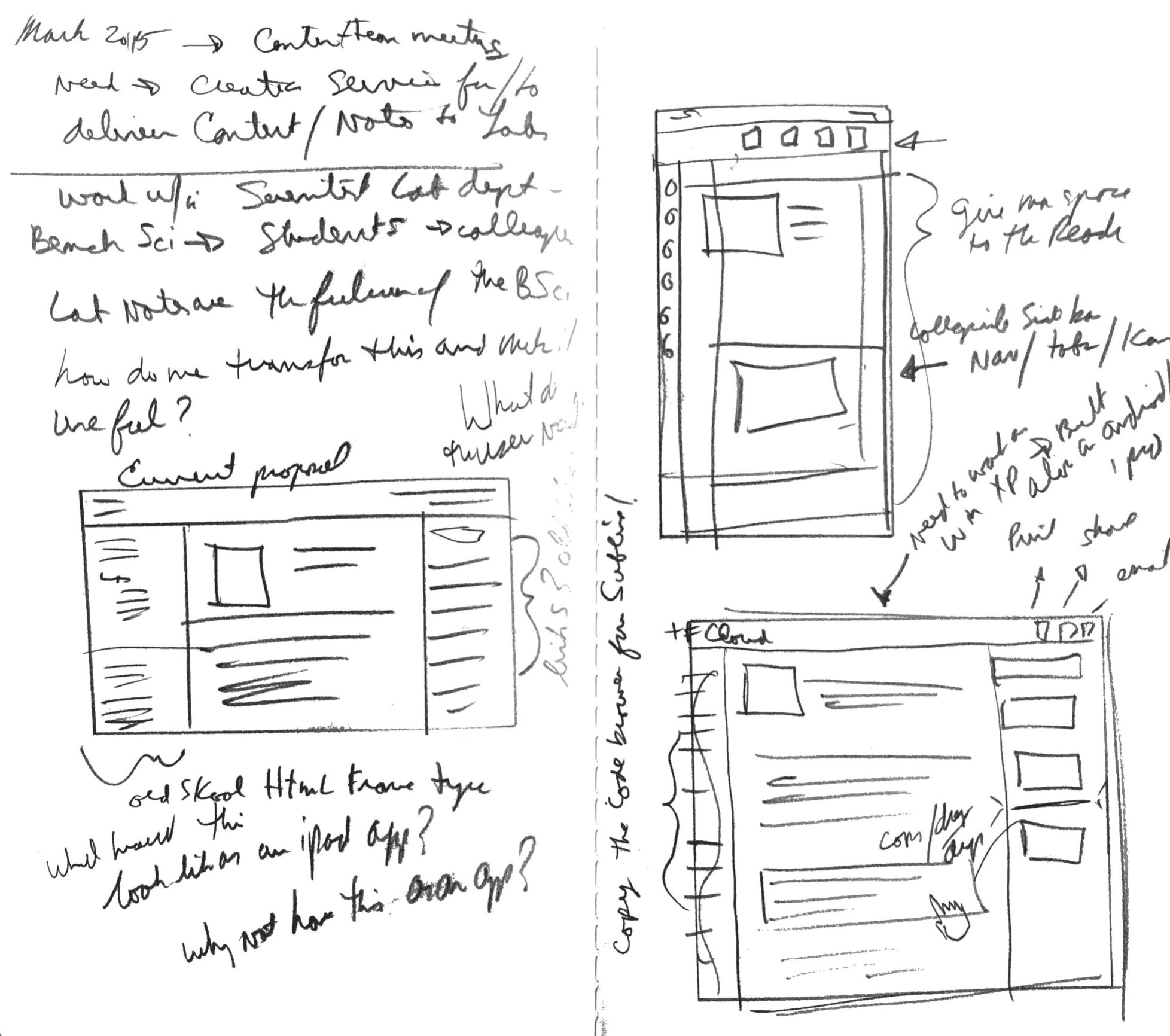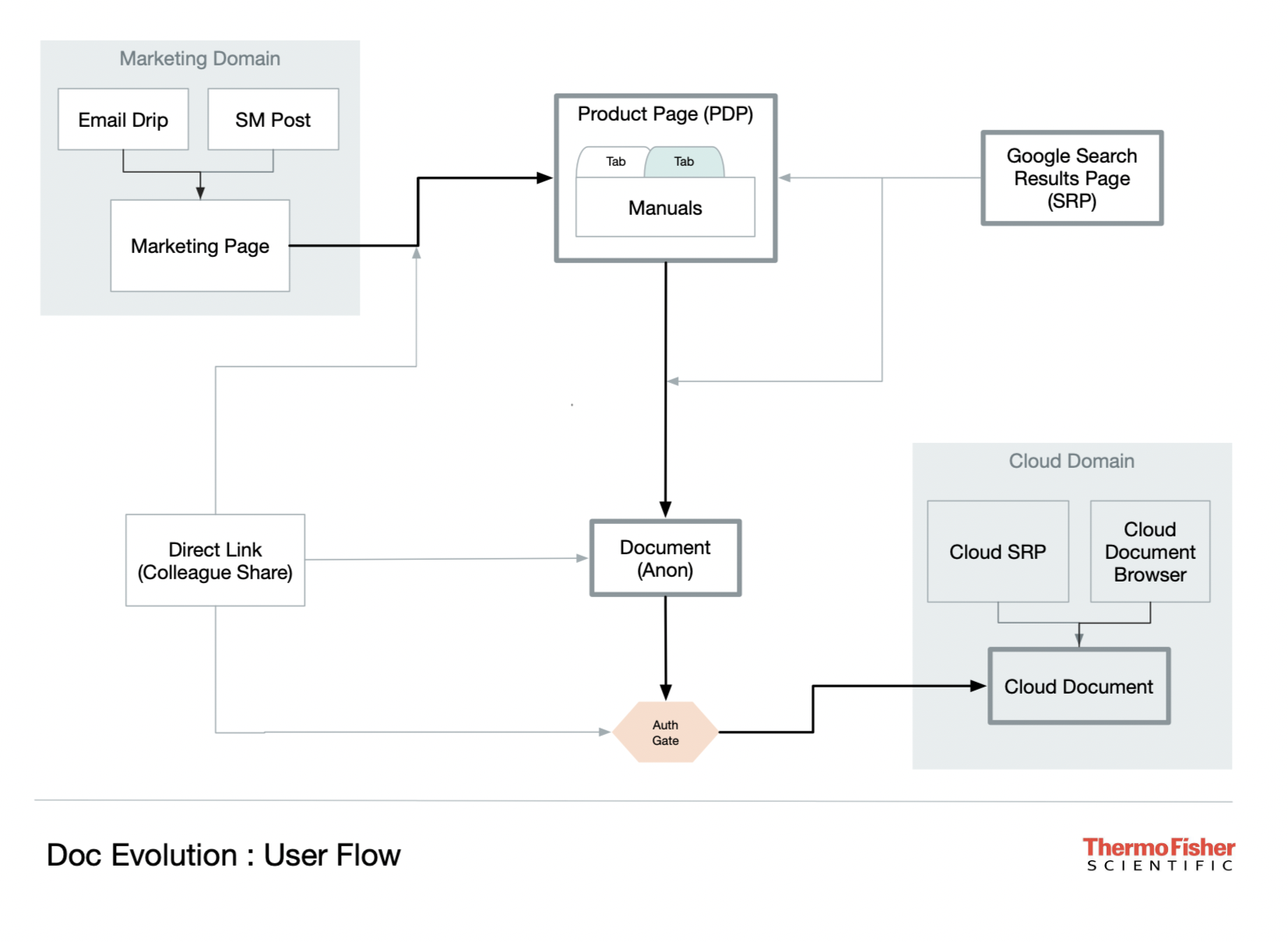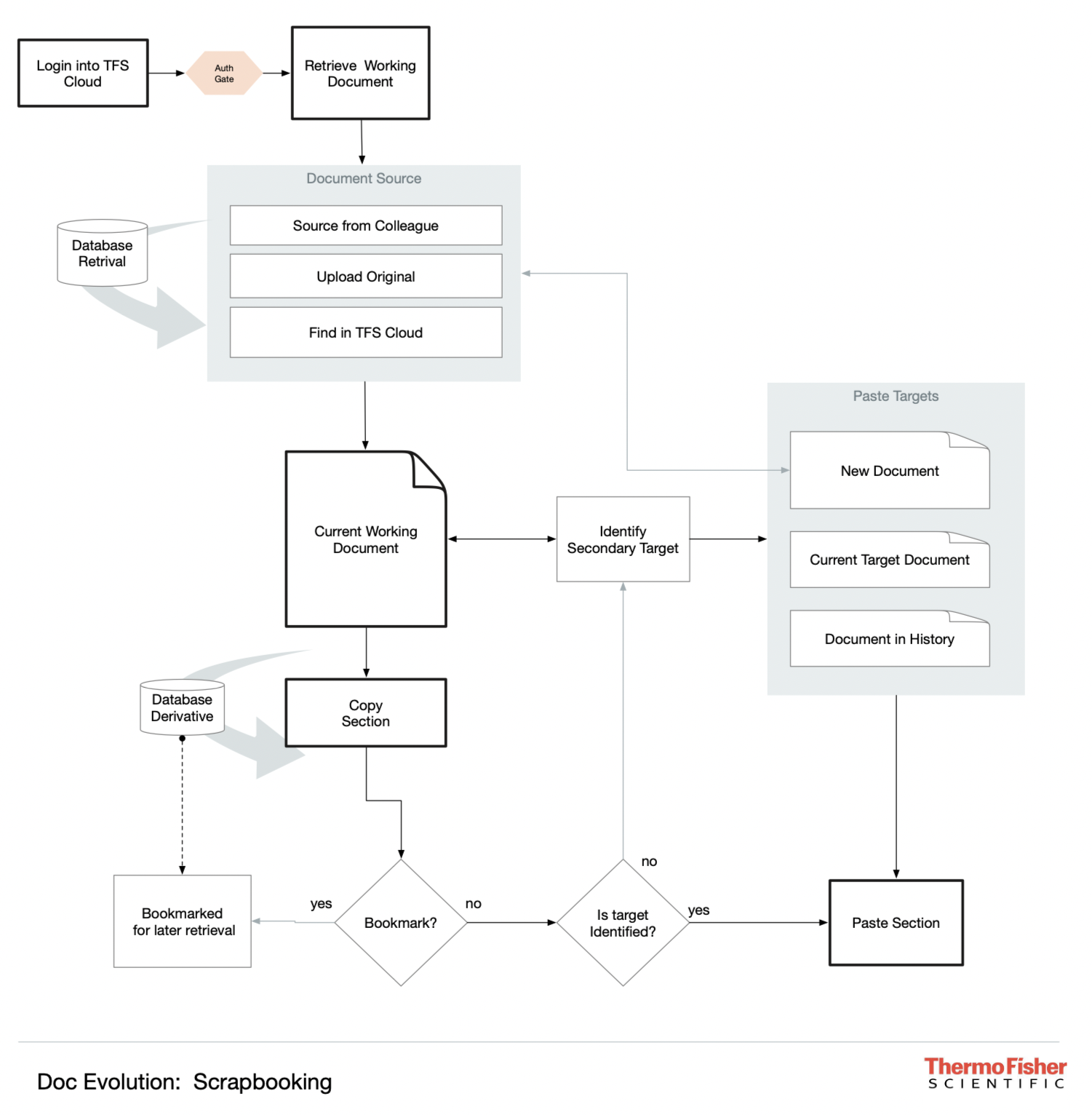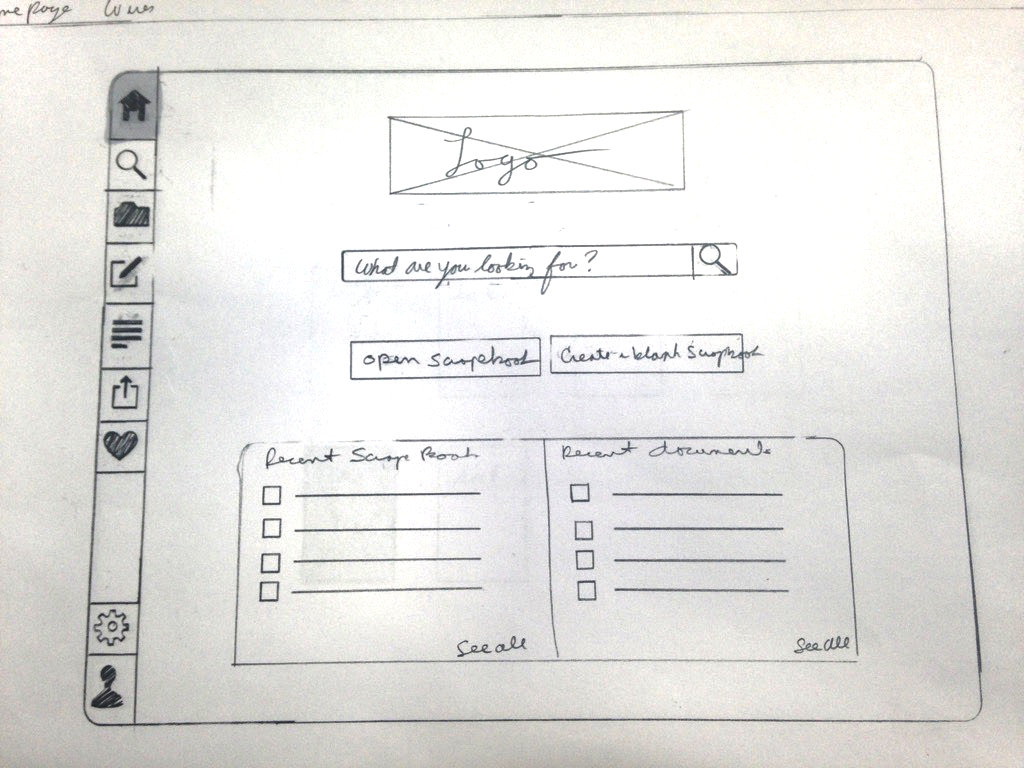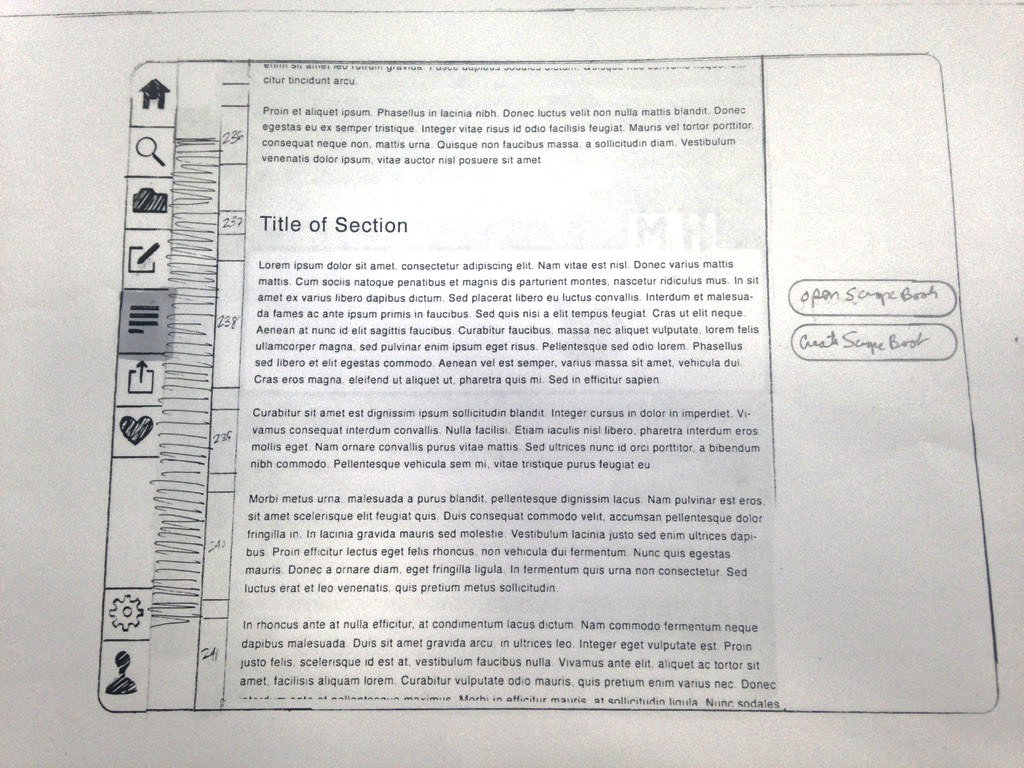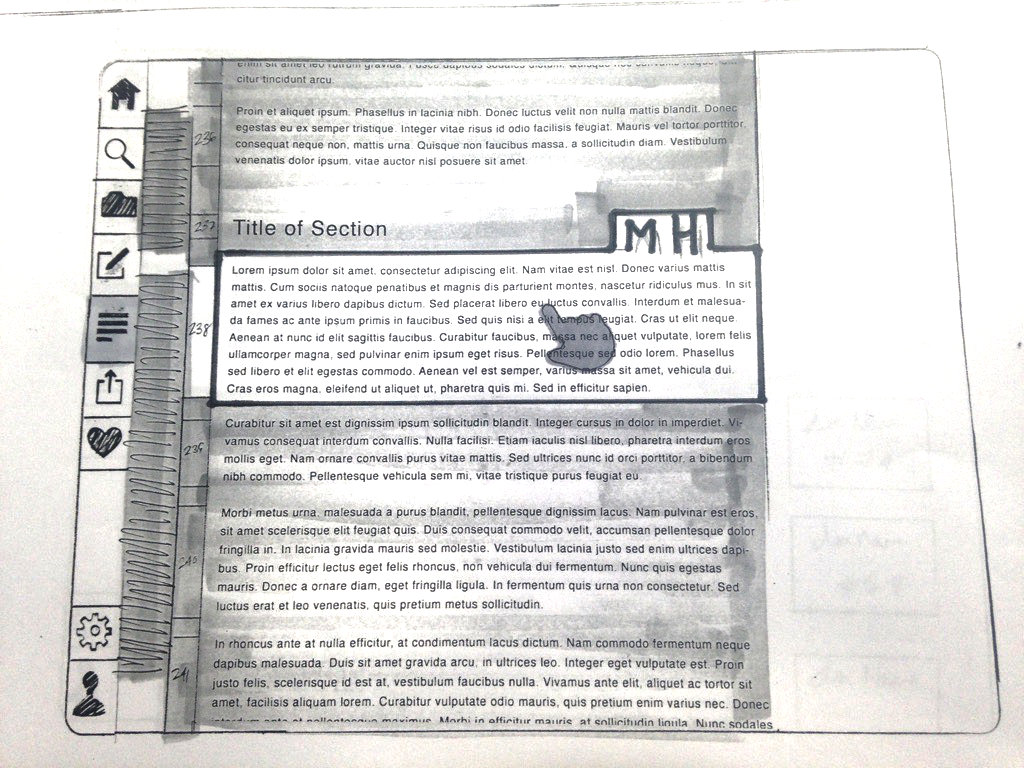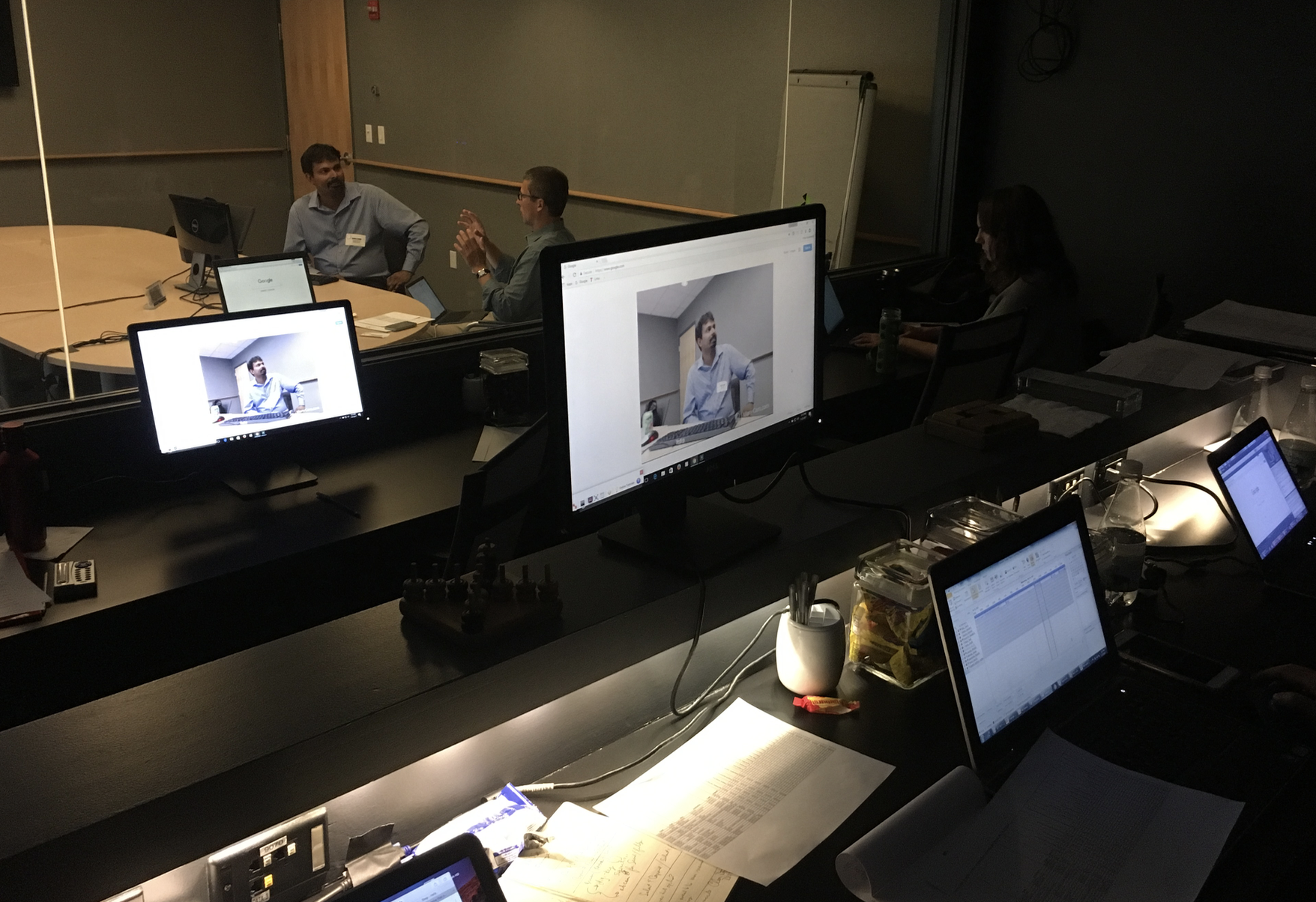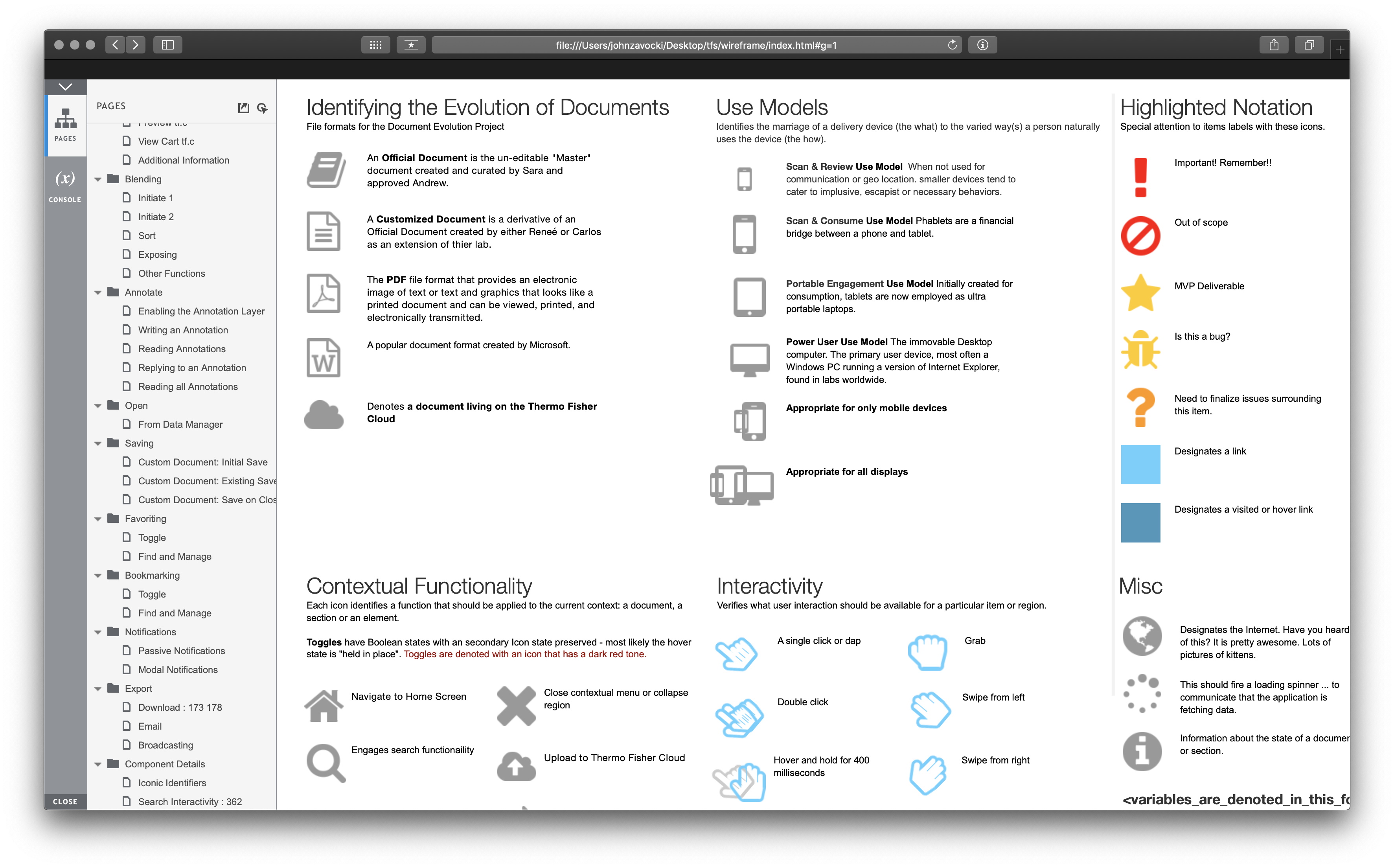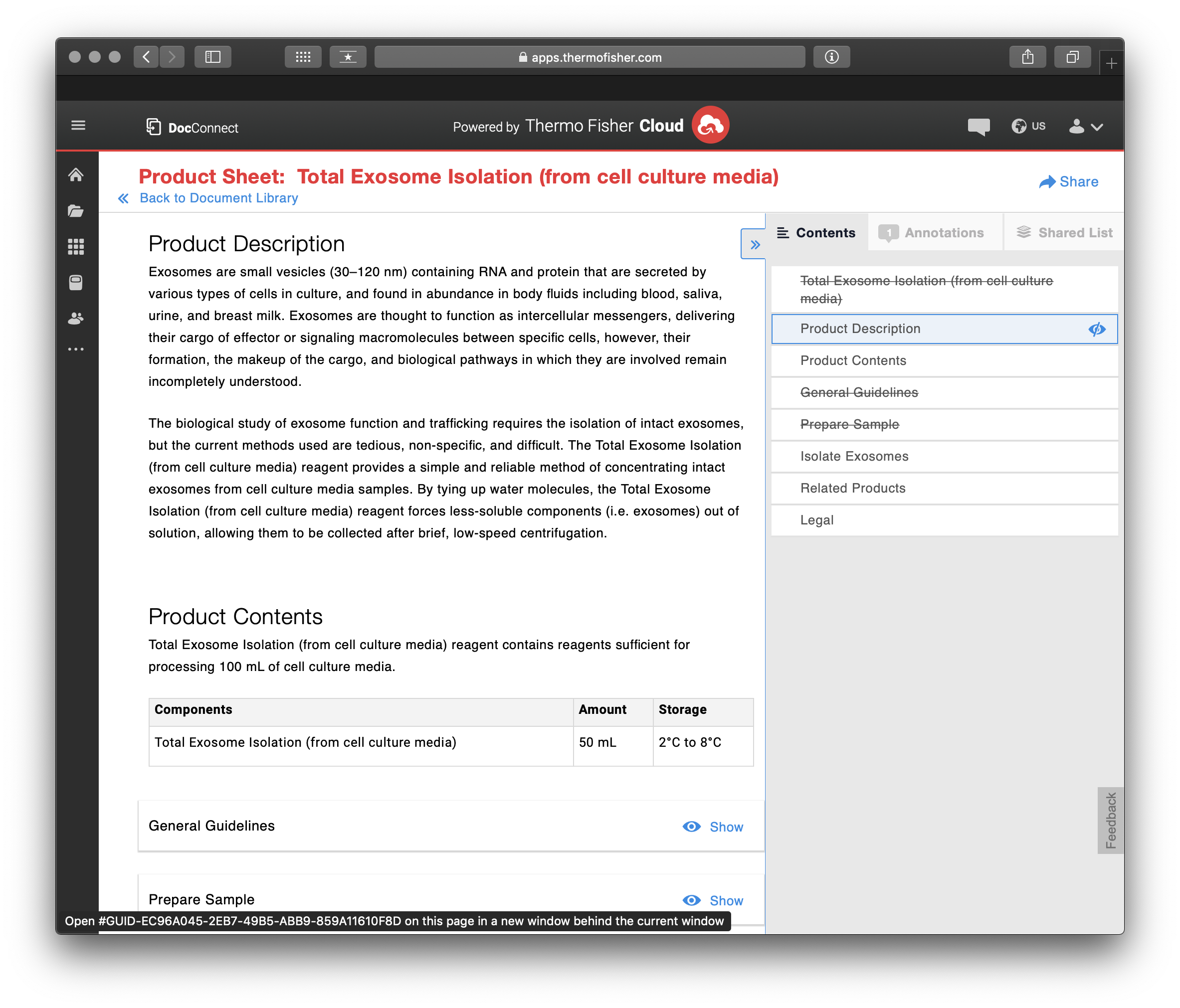UX Process Case Study
circa 2015
Ten years ago we saw companies starting to embrace Design Think and move from Waterfall into true Agile.
This was really hard.
But ThermoFisher Scientific was committed to this – and UX started to iterate along a radical path of marrying Design Think, Lean UX, and Agile.
Let’s walk through an early project that was an attempt to follow this workflow!
The “Document Evolution” Cloud App
Project Request
Design a cloud app which would enable bench scientists to move their traditional paper lab notes and protocols into a collaborative environment online.
The Project
Working name Document Evolution, this project would be realized in the Thermo Fisher Scientific Cloud as DocConnect.
Solution
Working with data scientists and the content teams, I designed a solution for scrapbooking lab notes, protocols, and manual instructions.
1. Initial Meeting
I was invited to a team off-site where the content team was trying to figure out what would be a competitive next step for their department in the upcoming year.
Looking at what the moderators were describing, I quickly drew an idea for the app that would be Document Evolution.
2. UX Interviews & Flows
I interviewed stakeholders to understand the scope and flow of bench scientists. Exploring how Thermo could transform lab collaboration, I “design-thinked” concepts and mapped descriptions into user flows.
3. Lo-Fi Wires
From the design-think artifacts, I drew lo-fi wires. Once core screens and states were rendered, I went back to the same stakeholders and presented them in the form of a “talk-aloud”.
4. Hi-Fi Prototype
Once we acquired internal funding, we started to plan moderated usability testing.
With revised wires in hand, I started to build out a full scale Hi-Fi prototype with pure HTML, CSS, and pure JS.
5. Usability Testing
I created testing scripts and the prototype with hand-coded HTML/ JavaScript/CSS.
From within the viewing booth during the testing, I updated the prototype in realtime to accommodate new issues and scenarios that were revealed or suggested by the users.
6. Document Delivery
In a post-mortem, I complied what we learned into wires and published them on our UX server so our development team could refer to them from a single access point.
Working with the business analyst, I made sure each page had the corresponding Jira ticket number referenced in the Axure wires (so they could use the browser find functionality to drill down to their current ticket.)
7. Live in Production
I handed off my designs to the Cloud development team and, working with their assigned UXr’s, they were off running!
Tools of the Trade
Throughout the life of a project / product, there are many tools, strategies, and processes that I like to employ:
1. Processes
Instead of a cookie-cutter progression of trendy tools, my process is rather simple:
- Ask | Listen | Observe
- Design | Document | Prototype
- Test
- Revise
- Repeat
Here are some of my favorite questions:
- Why?
- How many, by when?
- What is the outcome?
- What is the outcome of this meeting?
- What will make this meeting a success?
- Who’s taking notes? (now it is all AI)
- Is it tested?
- Is this opinion or fact?
- What’s in it for me? (user perspective)
When you know me, then you’ll know that I love mind maps. So, here is a link to one of my UX intake templates – which should reveal much about my process. 🙂
Enjoy!
2. Tools
I leverage these methods to achieve outcomes, results, and insights.
Any combination of the following are used depending upon what the situation calls for.
Again, fluidity is important because, ultimately, we are responding to the infinite variations of reality:
- Pencil and Paper
- Surveys
- Listeners / Metrics / Analytics
- Meetings
- Collaborative stakeholder sesssions
- On-site Research / Contextual Inquiry
- Think-Alouds
- Interviews
- Dreams
- Field observations
- Journal Studies
- Effort Currency evaluations
- Quiet / alone time to process and think
- Split Testing
- Moderated Testing
- Micro Interactions
- Typography
- Psychology
- Art Strategies (99% visible)
- Design Strategies (99% invisible)
- Listening
- Years making beautiful things
3. Artifacts
The alignment documents I create are only a means to an end – not the end itself.
- Mind Maps
- Site Maps
- Service Blueprints
- Task Flows
- User Stories / Flows / Maps
- Personas … or Identity Models
- Wireframes
- Lo Fi Prototypes (pencil and paper)
- Mi-Fi (Figma or Miro or Lucid or Freeform)
- Hi-Fi ( HTML/JS/CSS or native iOS)
- Surveys
- Listeners (dev tools that record events).
I have to admit that I am bit fanatical about the granular documentation of wires / designs. While I love collab tools (like Figma) – I want my junior designers to step up their layer naming game and export sprint deliverables as .pdfs attachments.
Like a hi-end client signing the back of a decorative painting masonite board, such documentation preserves our agreed upon vector at a moment in time.
That said, I do long for true version control in a graphics program – but I find either design teams can’t be that discipline or files get too easily corrupted.

